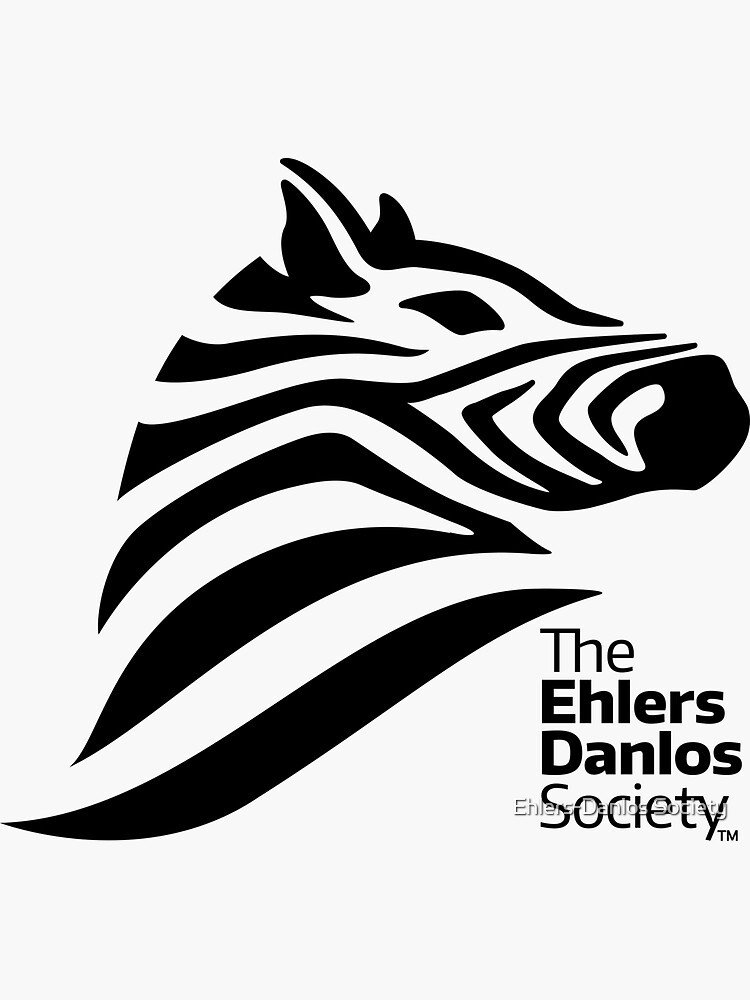
Nov. 5 2025 | Jaylin Emond-Hardin | Entertainment Editor
In the United States, one in four adults lives with a disability that affects aspects of their daily lives. That’s 61 million adults. This statistic includes both visible and non-apparent disabilities — which have also been known as “invisible” or “hidden” disabilities — but both forms can have overlapping effects.
I am somebody who has a non-apparent disability. I prefer to use the term “invisible” because most people wouldn’t be able to look at me and tell, as is the case with most people who have a non-apparent disability. After all, I play rugby, I’m on my feet all day for teaching and, unless I’m complaining about how I’m feeling, nobody knows about my chronic pain.
I have hypermobile Ehlers-Danlos Syndrome, or hEDS. My body doesn’t make enough collagen to support my connective tissues. As a result, my joints constantly ache, are weaker and can hyperextend past what most people would consider typical. I sometimes call my hypermobility my “party trick.” It gives it a more positive spin on things.
Globally, Ehlers-Danlos Syndrome is rare — only 1 in 5,000 adults have it — and is a genetic disability that’s passed through generations. There are at least 20 gene variants in total that cause Ehlers-Danlos.
I don’t use mobility aids, though others who have hEDS can use canes, walkers or wheelchairs to remove strain from their joints. I do, however, rely on braces and supportive tape wraps. For rugby, I wear a compression sleeve and ankle brace. I tape my fingers and wrists when they jam, something which is unfortunately common.
People with unapparent disabilities often face problems socially because they “don’t look disabled.” I can’t even begin to count how many times I have heard that. Because we don’t look like what people have in their heads for members of the disabled community, we are less likely to be believed. When we advocate for ourselves, we are more likely to be dismissed because our pains and struggles are not outwardly visible.
For Western students, Disability Access Services is available as a resource. The department provides students with accommodations for whatever they need — whether it’s for academics, interpreting services or advocacy — and tailors it to an individual’s needs. For every activity on campus that a club, organization or department hosts, DAS will provide accommodations for students.
Anyone, whether or not they are a part of DAS, can advocate for people with disabilities — both visible and unapparent. This allyship is important because it helps create a more inclusive and equitable environment where everyone feels valued and supported.
By challenging barriers, amplifying disabled voices and promoting accessibility, allies play a key role in ensuring that people with disabilities can fully participate in all aspects of life. True inclusion requires collective effort and advocacy from all of us helps move our communities toward understanding, respect and lasting change.
And please, when someone says something about what they need from others to avoid discomfort or injury, listen to them. Listening to disabled people about what they know they need is the most important thing.
Contact the author at howlentertainment@wou.edu

